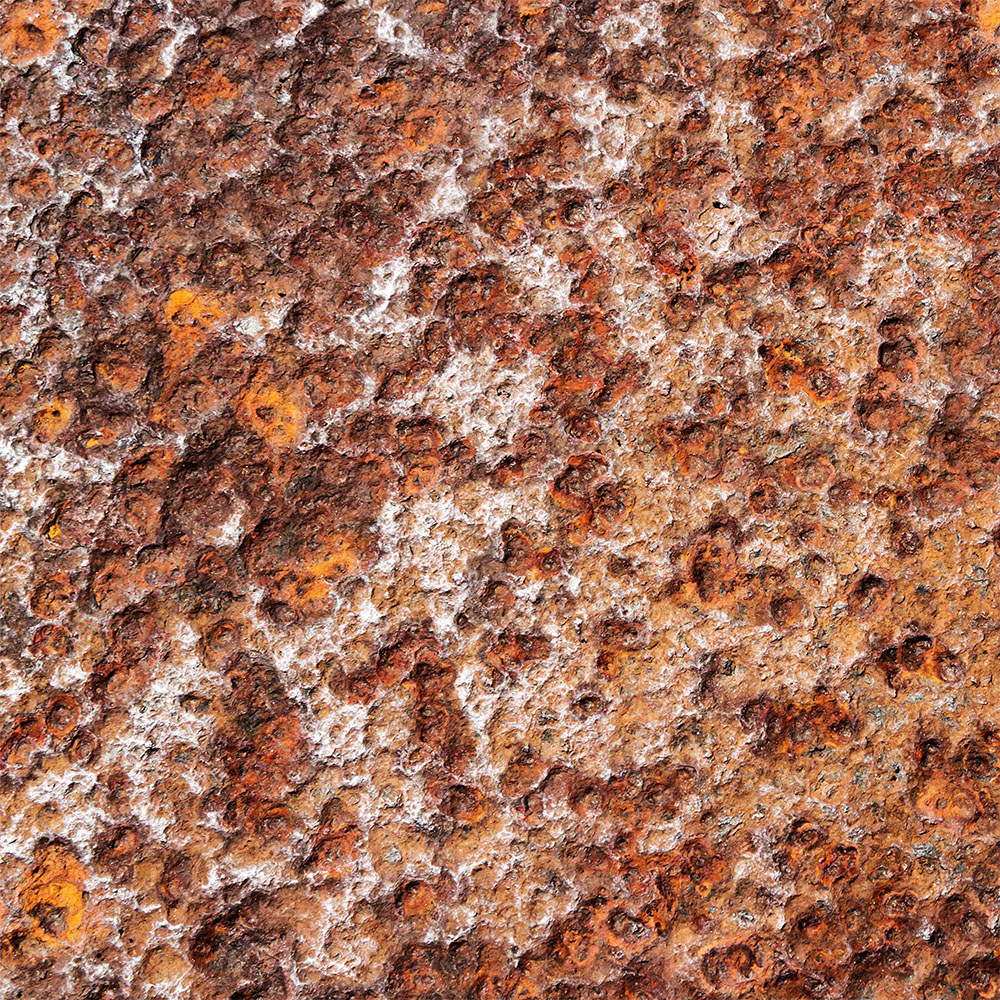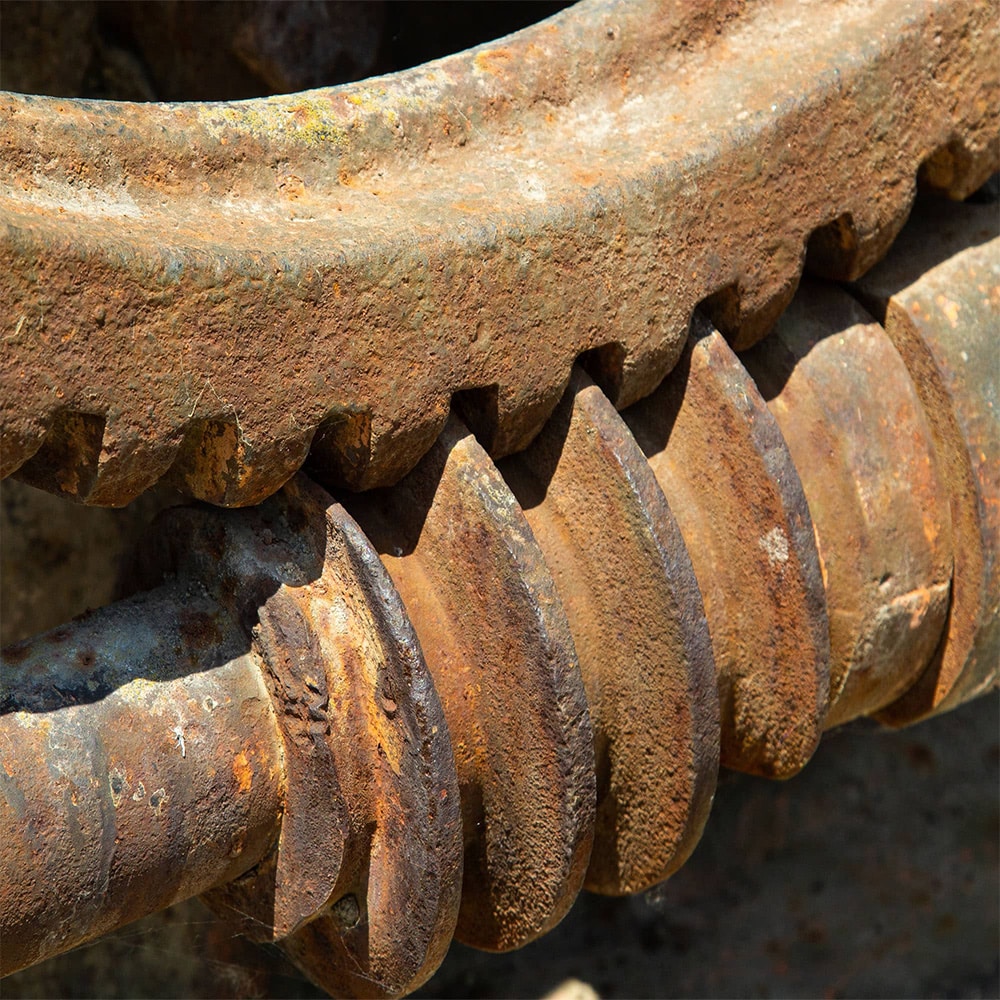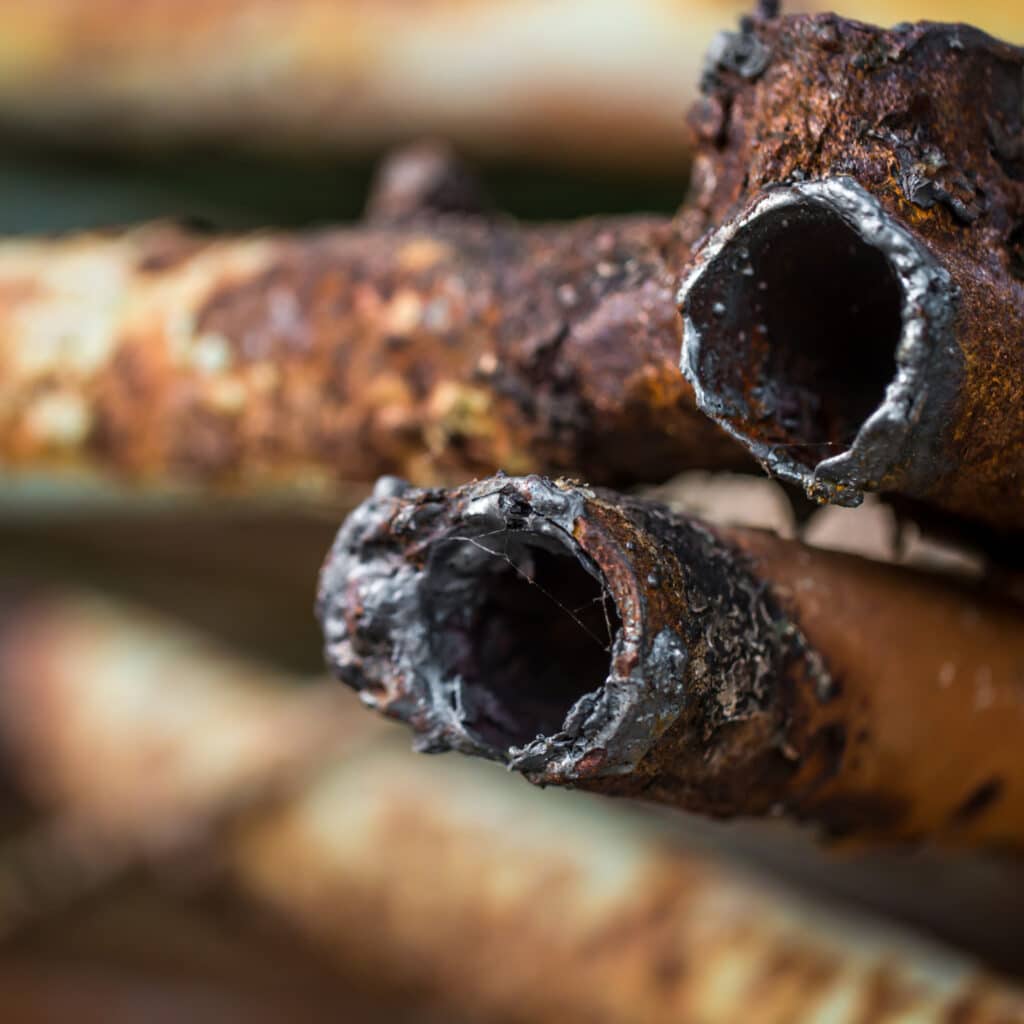Intergranular corrosion in aluminum is primarily caused by the presence of impurities and alloying elements that precipitate at grain boundaries. Here are the main factors:
- Heat Treatment: Improper heat treatment can cause the precipitation of alloying elements, such as magnesium and silicon, at grain boundaries, making them susceptible to corrosion.
- Alloy Composition: Certain alloying elements, such as copper, can increase the susceptibility of aluminum alloys to intergranular corrosion.
- Environmental Factors: Exposure to aggressive environments, such as those containing chlorides or high humidity, can accelerate intergranular corrosion.
- Electrochemical Potential: Differences in electrochemical potential between grain boundaries and the grain interiors create a galvanic cell, leading to localized corrosion at the grain boundaries.
Prevention:
- Proper Heat Treatment: Ensure correct heat treatment procedures to avoid harmful precipitation at grain boundaries.
- Alloy Selection: Choose aluminum alloys with a composition that minimizes susceptibility to intergranular corrosion.
- Protective Coatings: Apply coatings or anodizing to protect the surface from corrosive environments.
By understanding and controlling these factors, the risk of intergranular corrosion in aluminum can be significantly reduced.









